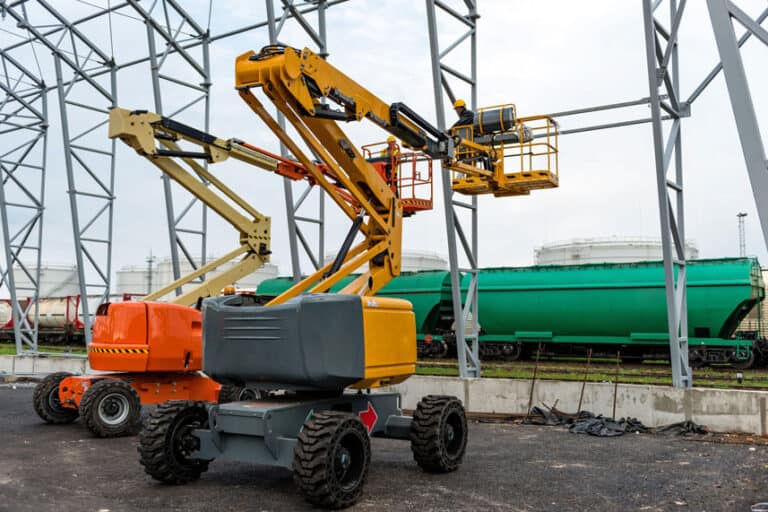First things first, let’s talk about the dangers of working with elevating work platforms. One of the most obvious dangers is falling. If you’re not secured properly, you can easily fall from a great height, which can result in serious injury or even death. Additionally, there’s the risk of electrocution if you accidentally come into contact with power lines or other electrical hazards.
Another danger to consider is tipping. Elevating work platforms can tip over if they’re not set up properly, if the weight distribution is uneven, or if there are strong winds. This can also lead to serious injury or death.
Now, I don’t want to scare you off working with elevating work platforms altogether. They can be incredibly useful tools, but it’s important to take the necessary safety precautions to prevent accidents from happening. So, let’s talk about some safety recommendations to follow when working with elevating work platforms.
First, always make sure you’re properly trained and certified to use an elevating work platform. This means taking a training course that covers the basics of operation, safety procedures, and emergency protocols. Don’t assume that you know how to use an elevating work platform just because you’ve seen it done before.
Next, inspect the equipment before each use. Look for any damage, defects, or other issues that could affect its performance. If you notice any problems, don’t use the equipment until it’s been repaired or replaced.
When using an elevating work platform, always wear the proper safety gear. This includes a hard hat, safety harness, and non-slip footwear. Don’t wear loose clothing or jewellery that could get caught in the equipment.
Before operating the equipment, make sure the area around the elevating work platform is clear of any obstacles or hazards. This includes power lines, trees, or other obstacles that could cause the equipment to tip over.
When operating the elevating work platform, follow the manufacturer’s instructions and use the controls properly. Don’t exceed the weight limit or height limit of the equipment. Always keep both hands on the controls, and never attempt to move the equipment while someone is on the platform.
If you’re working on a construction site, make sure you’re following all of the OSHA regulations and guidelines. This includes having a spotter or observer who can monitor the equipment and alert you if there are any issues.
Finally, if you notice any problems or issues with the equipment, stop using it immediately and report it to your supervisor. Don’t assume that someone else will take care of the problem. It’s everyone’s responsibility to ensure that the equipment is safe to use.
In conclusion, working with elevating work platforms can be dangerous if you don’t take the necessary safety precautions. But if you follow the recommendations I’ve outlined here today, you can minimise the risks and ensure that you’re working safely and responsibly. So, remember to always be properly trained, inspect the equipment, wear the proper safety gear, clear the area of obstacles, follow the manufacturer’s instructions, and report any problems or issues to your supervisor. Stay safe out there, everyone!
Cheers,

![]()







